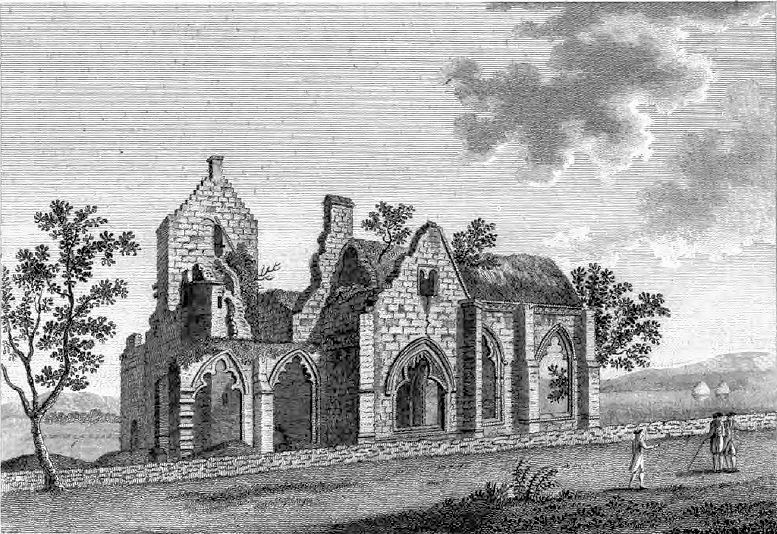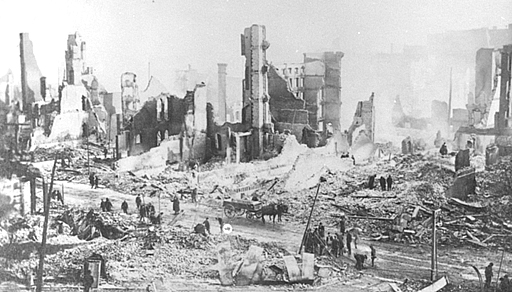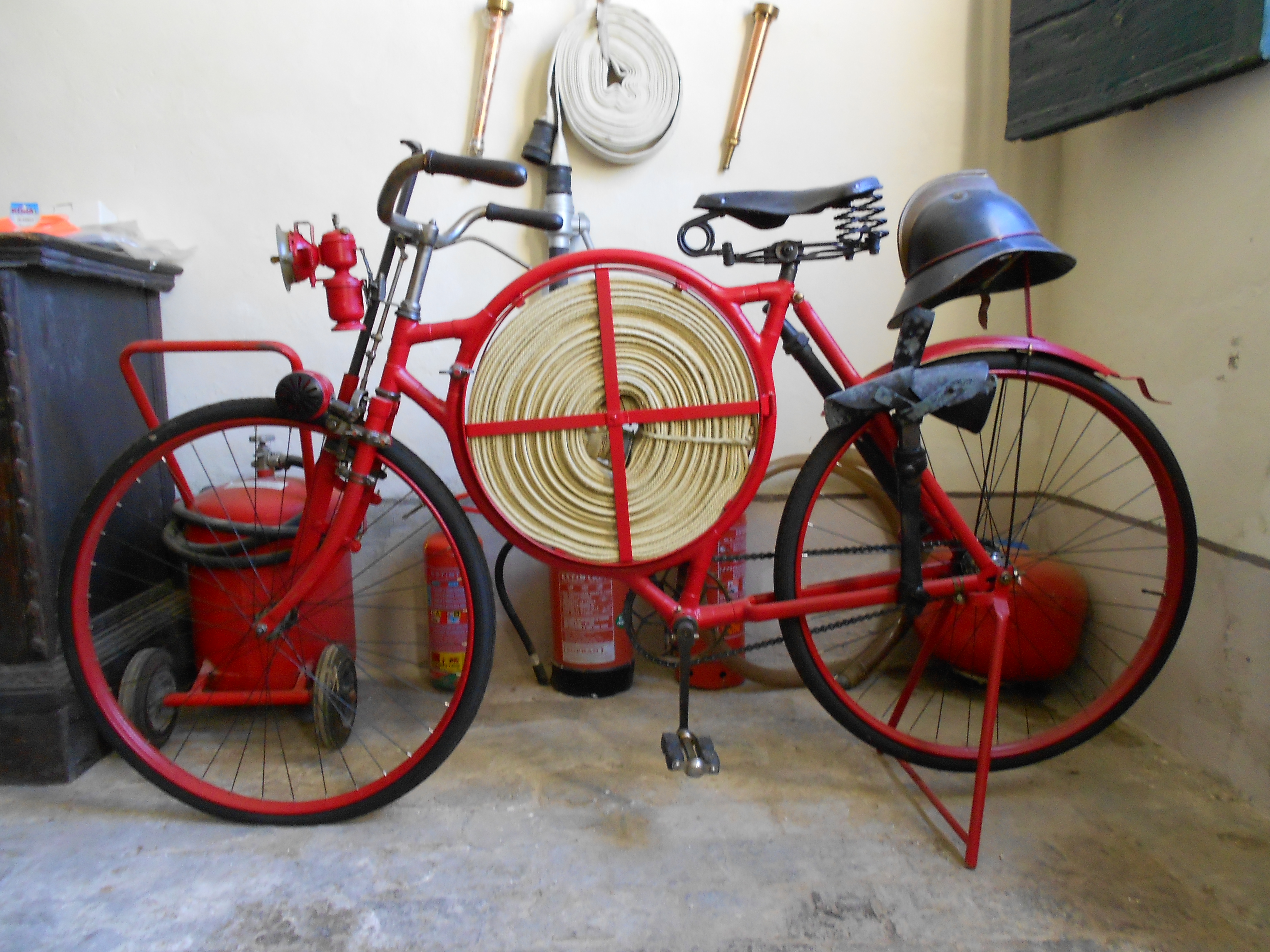|
Thomas McCall (inventor)
Thomas McCall (1834–1904) was a Scottish cartwright. Biography McCall was born in Penpont, he came to Kilmarnock at age 20, where he lived until his death (obituary 1904). He built, in 1869, two versions of a two-wheeled velocipede with levers and rods tossing a crank on the rear wheel (''English Mechanic'' 5/14/1869 and 6/11/1869). This was a reaction to the French velocipedes, of the mid-1860s, with their front-wheel pedal cranks. In fact, this rear-wheel idea occupied seven more inventors in that year (Lessing 1991). When in the 1880s a rich corn-trader named James Johnston started a campaign to attribute the "first true" bicycle to his uncle Kirkpatrick MacMillan and his native country of Dumfries in general, he attributed the McCall designs to MacMillan and dated them as of 1839. Skeptics allege that the reason McCall built a replica of his machines to be exhibited as MacMillan's at the 1896 Stanley Show, at the behest of Johnston, can only be a need of money (Cla ... [...More Info...] [...Related Items...] OR: [Wikipedia] [Google] [Baidu] |
Dumfries
Dumfries ( ; ; from ) is a market town and former royal burgh in Dumfries and Galloway, Scotland, near the mouth of the River Nith on the Solway Firth, from the Anglo-Scottish border. Dumfries is the county town of the Counties of Scotland, historic county of Dumfriesshire. Before becoming King of Scots, Robert the Bruce killed his rival John Comyn III of Badenoch at Greyfriars Kirk in the town in 1306. The Young Pretender had his headquarters here towards the end of 1745. In World War II, the Norwegian armed forces in exile in Britain largely consisted of a brigade in Dumfries. Dumfries is nicknamed ''Queen of the South''. This is also the name of the town's Queen of the South F.C., football club. People from Dumfries are known colloquially in Scots language as ''Doonhamers''. Toponymy There are a number of theories on the etymology of the name, with an ultimately Common Celtic, Celtic derivation (either from Common Brittonic, Brythonic, Old Irish, Gaelic or a mixture of b ... [...More Info...] [...Related Items...] OR: [Wikipedia] [Google] [Baidu] |
1904 Deaths
Events January * January 7 – The distress signal ''CQD'' is established, only to be replaced 2 years later by ''SOS''. * January 8 – The Blackstone Library is dedicated, marking the beginning of the Chicago Public Library system. * January 12 – The Herero Wars in German South West Africa begin. * January 17 – Anton Chekhov's last play, ''The Cherry Orchard'' («Вишнëвый сад», ''Vishnevyi sad''), opens at the Moscow Art Theatre directed by Constantin Stanislavski, 6 month's before the author's death. * January 23 – The Ålesund fire destroys most buildings in the town of Ålesund, Norway, leaving about 10,000 people without shelter. * January 25 – Halford Mackinder presents a paper on "The Geographical Pivot of History" to the Royal Geographical Society of London in which he formulates the Heartland Theory, originating the study of geopolitics. February * February 7 – The Great Baltimore Fire in Baltimore, Maryland, destroys over 1,500 build ... [...More Info...] [...Related Items...] OR: [Wikipedia] [Google] [Baidu] |
1834 Births
Events January–March * January 1 – Zollverein (Germany): Customs charges are abolished at borders within its member states. * January 3 – The government of Mexico imprisons Stephen F. Austin in Mexico City. * January – The Wilmington and Raleigh Railroad is chartered in Wilmington, North Carolina. * February 3 – Wake Forest University is founded as the Wake Forest Manual Labor Institute in Wake Forest, North Carolina. * February 12 – Freed American slaves from Maryland form a settlement in Cape Palmas, it is named the Republic of Maryland. * February 13 – Robert Owen organizes the Grand National Consolidated Trades Union in the United Kingdom. * March 6 – York, Upper Canada, is incorporated as Toronto. * March 11 – The United States Survey of the Coast is transferred to the Department of the Navy. * March 14 – John Herschel discovers the open cluster of stars now known as NGC 3603, observing from the Cape of Good Hope. * March 28 – Andrew J ... [...More Info...] [...Related Items...] OR: [Wikipedia] [Google] [Baidu] |
Scottish Inventors
Scottish inventions and discoveries are objects, processes or techniques either partially or entirely invented, innovated, or discovered by a person born in or descended from Scotland. In some cases, an invention's Scottishness is determined by the fact that it came into existence in Scotland (e.g., animal cloning), by non-Scots working in the country. Often, things that are discovered for the first time are also called "inventions" and in many cases there is no clear line between the two. Some Scottish contributions have indirectly and directly led to controversial political ideas and policies, such as the measures taken to enforce British hegemony in the time of the British Empire. Scottish inventions have been noted as "revolutionising" the world numerous times, made possible by the "boundless imagination and inspired creativity" of the inventors who created them. Even before the Industrial Revolution, Scots have been at the forefront of innovation and discovery across a wi ... [...More Info...] [...Related Items...] OR: [Wikipedia] [Google] [Baidu] |
Treadle Bicycle
A treadle bicycle is a bicycle powered by a treadle instead of the more common crank. Treadles were one of the mechanisms inventors tried in order to position the pedals away from the drive wheel hub before the development of the bicycle chain or instead of it. Treadles have also been used to drive tricycles and quadracycles. History Treadles were used before the advent of highwheelers on Thomas McCall's velocipede, on highwheelers themselves in an attempt to address safety issues, on alternative configurations of highwheelers, and on the first device called a safety bicycle A safety bicycle (or simply a safety) is a type of bicycle that became very popular beginning in the late 1880s as an alternative to the penny-farthing (also known as an "ordinary" or "high wheeler") and is now the most common type of bicycle. Ear ... by British engineer Henry J. Lawson in 1876. Some inventors even combined treadles and chains on the same bicycle. Gallery File:Jaray-Rad mit Schwingpe ... [...More Info...] [...Related Items...] OR: [Wikipedia] [Google] [Baidu] |
History Of The Bicycle
Vehicles that have two wheels and require balancing by the rider date back to the early 19th century. The first means of transport making use of two wheels arranged consecutively, and thus the archetype of the bicycle, was the German ''draisine'' dating back to 1817. The term ''bicycle'' was coined in France in the 1860s, and the descriptive title "penny farthing", used to describe an " ordinary bicycle", is a 19th-century term. Earliest unverified bicycle There are several early claims regarding the invention of the bicycle, but many remain unverified. A sketch from around 1500 AD is attributed to Gian Giacomo Caprotti, a pupil of Leonardo da Vinci, but it was described by Hans-Erhard Lessing in 1998 as a purposeful fraud, a description now generally accepted. However, the authenticity of the bicycle sketch is still vigorously maintained by followers of Augusto Marinoni, a lexicographer and philologist, who was entrusted by the Commissione Vinciana of Rome with the transcript ... [...More Info...] [...Related Items...] OR: [Wikipedia] [Google] [Baidu] |
Stanley Cycle Show
The Stanley Cycle Show or Stanley Show was an exhibition of bicycles and tricycles first mounted by the Stanley Cycling Club in 1878 at The Athenaeum in London's Camden Road. Britain's first series production cars were displayed at this show in November 1896. The 34th and last exhibition was held in the Royal Agricultural Hall, Islington in November 1910. It was supplanted by the 1911 Olympia Motor Cycle Show and, a few weeks before that, Olympia's International Motor Exhibition. Stanley Show Committee In its first decade it was organised by the Stanley Cycling Club and held at the Royal Aquarium, Westminster specially for "the votaries of wheeling". From the 1886 exhibition it was arranged not by the Stanley Club but by a committee of manufacturers and Stanley Club members. This 1886 exhibition displayed a strong emphasis on ''dwarf'' or safety bicycles. There were signs that tandems were replacing the wider and more unwieldy sociables. 1888's display included a prominen ... [...More Info...] [...Related Items...] OR: [Wikipedia] [Google] [Baidu] |
Bicycle
A bicycle, also called a pedal cycle, bike, push-bike or cycle, is a human-powered transport, human-powered or motorized bicycle, motor-assisted, bicycle pedal, pedal-driven, single-track vehicle, with two bicycle wheel, wheels attached to a bicycle frame, frame, one behind the other. A is called a cyclist, or bicyclist. Bicycles were introduced in the 19th century in Europe. By the early 21st century there were more than 1 billion bicycles. There are many more bicycles than cars. Bicycles are the principal Mode of transport, means of transport in many regions. They also provide a popular form of recreation, and have been adapted for use as Toy, children's toys. Bicycles are used for Physical fitness, fitness, Military bicycle, military and Police bicycle, police applications, Bicycle messenger, courier services, Cycle sport, bicycle racing, and artistic cycling. The basic shape and configuration of a typical Safety bicycle, upright or "safety" bicycle, has changed lit ... [...More Info...] [...Related Items...] OR: [Wikipedia] [Google] [Baidu] |
Velocipedes
A velocipede () is a human-powered transport#Human-powered vehicles (HPVs), human-powered land vehicle with one or more wheels. The most common type of velocipede today is the bicycle. The term was probably first coined by Karl von Drais in French as ''vélocipède'' for the French translation of his advertising leaflet for his version of the ''Laufmaschine'', also now called a 'dandy horse', which he had developed in 1817. It is ultimately derived from the Latin ''velox'', ''veloc-'' 'swift' + ''pes'', ''ped-'' 'foot'.''Oxford Dictionary of English'', 'velocipede' The term 'velocipede' is today mainly used as a collective term for the different forerunners of the monowheel, the unicycle, the bicycle, the dicycle, the tricycle and the quadracycle developed between 1817 and 1880. Velocipede refers especially to the forerunner of the modern bicycle that was propelled, like a modern tricycle, by cranks, i.e. bicycle pedal, pedals, attached to the front axle before the invention of ... [...More Info...] [...Related Items...] OR: [Wikipedia] [Google] [Baidu] |






